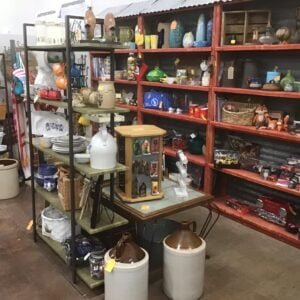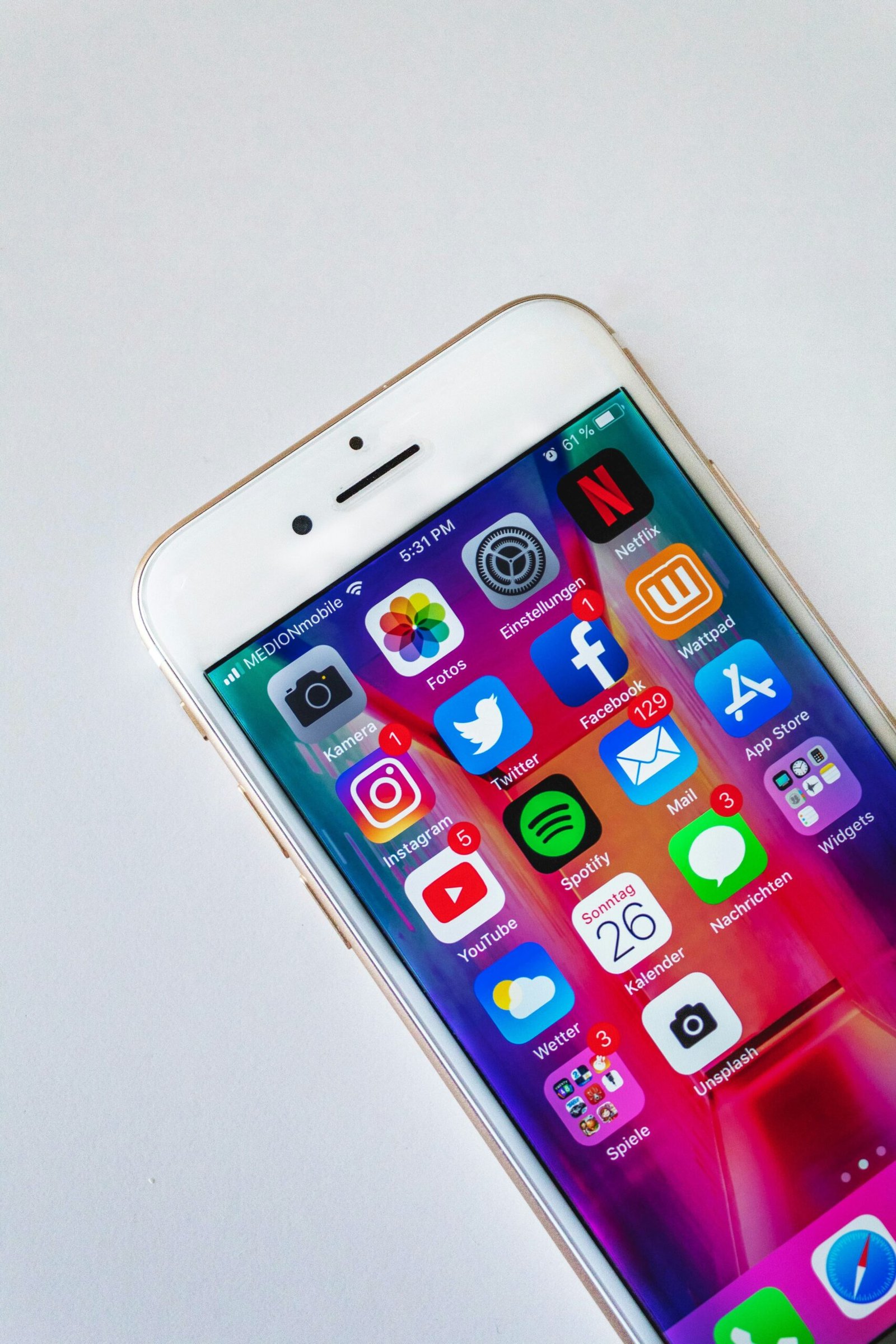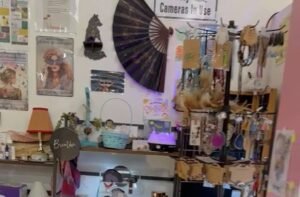Setting Fair Prices on Vintage Items, Antiques, and Collectibles: A Comprehensive Guide

Photo by Elena Mozhvilo on Unsplash

Factors to Consider When Pricing Vintage Items, Antiques, or Collectibles
When it comes to pricing vintage items, antiques, or collectibles, there are several factors that need to be taken into consideration. These factors can greatly influence the value of an item and ultimately determine its fair and competitive price. Here are some key factors to consider:
Rarity
The rarity of an item is one of the most important factors to consider when pricing vintage items, antiques, or collectibles. Items that are rare and hard to find tend to have a higher value. This is because collectors are willing to pay a premium for items that are not easily obtainable. Rarity can be determined by factors such as limited production, discontinued production, or unique features.
Condition
The condition of an item also plays a significant role in determining its value. Collectors and buyers are more likely to pay a higher price for items that are in excellent condition. On the other hand, items that are damaged or in poor condition may have a lower value. When pricing vintage items, it is important to thoroughly assess their condition and take into account any repairs or restoration work that may be required.
Age
The age of an item can also impact its value. Generally, older items tend to be more valuable, especially if they are well-preserved and in good condition. However, it is important to note that age alone does not guarantee value. The rarity, historical significance, and demand for the item also play a crucial role in determining its price.
Market Demand
The demand for a particular vintage item, antique, or collectible can greatly influence its price. Items that are highly sought after by collectors or have a strong market demand tend to have a higher value. This demand can be influenced by factors such as popularity, trends, historical significance, or cultural relevance. It is important to research the market and determine the level of demand for a specific item before pricing it.
Provenance
The provenance or the documented history of an item can also impact its value. Items with a well-documented and prestigious provenance tend to have a higher value. Provenance can include information about previous owners, historical significance, or any notable events associated with the item. Collectors and buyers are often willing to pay a premium for items with a strong provenance as it adds to their historical and cultural value.
Comparable Sales
Researching and analyzing comparable sales is an essential step in pricing vintage items, antiques, or collectibles. By studying similar items that have recently sold, you can get a better understanding of the current market value and price your item accordingly. Pay attention to factors such as condition, rarity, age, and provenance when comparing sales. This will help you determine a fair and competitive price for your item.
By considering these factors when pricing vintage items, antiques, or collectibles, you can ensure that you are setting fair and competitive prices. Remember, pricing is subjective, and it is important to do thorough research and consider multiple factors to arrive at an accurate valuation.
Researching the Market
Before setting a price for your vintage item, antique, or collectible, it is important to research the market. This will give you an understanding of the current demand and value for similar items. Here are some steps you can take to conduct market research:
- Online platforms: Explore online marketplaces, auction sites, and forums that specialize in vintage items, antiques, or collectibles. Pay attention to the prices at which similar items are listed or sold. Look for trends in pricing and note any variations based on factors such as condition, rarity, and historical significance.
- Visit antique shops and flea markets: Take the time to visit local antique shops and flea markets to get a sense of the prices being asked for similar items in your area. Talk to the sellers and ask them about the factors that influence pricing. This firsthand experience will give you a better understanding of the local market and help you gauge the potential demand for your item.
- Consult experts: If you have access to experts in the field, such as antique appraisers or collectors, seek their advice on pricing your item. Their knowledge and experience can be invaluable in determining the fair market value of your item. They can provide insights into the historical context, provenance, and desirability of your item, which will help you set a competitive price.
- Attend auctions and estate sales: Participating in auctions and estate sales can give you a firsthand look at the prices similar items are being sold for. Take note of the bidding patterns and final sale prices. This information will give you an idea of the current market value and help you determine a realistic price for your item.
- Consider market demand: In addition to researching prices, it is important to consider the current demand for your item. Factors such as popular trends, cultural influences, and collector interests can impact the desirability and value of your item. Stay up to date with industry news and trends to understand the market demand and adjust your pricing strategy accordingly.
By conducting thorough market research, you will be able to set a fair and competitive price for your vintage item, antique, or collectible. This will increase your chances of attracting potential buyers and achieving a successful sale.
Evaluating the Condition
The condition of a vintage item, antique, or collectible plays a crucial role in determining its value. Buyers are often willing to pay a premium for items that are in excellent condition. Here are some factors to consider when evaluating the condition of your item:
- Physical appearance: Assess the item for any visible damage, such as chips, cracks, or scratches. Take note of any wear and tear that may affect its overall appeal. Look for any signs of discoloration, fading, or staining that may detract from its aesthetic value. Additionally, examine the item closely for any signs of repairs or touch-ups, as these can also impact its condition and value.
- Functionality: If the item has a functional purpose, such as a vintage camera or a collectible toy, test it to ensure that it is in working order. Check the mechanisms, buttons, or moving parts to see if they operate smoothly and as intended. Pay attention to any issues such as jamming, misalignment, or sluggishness, as these can affect the item’s functionality and value.
- Originality: Determine whether the item has been restored or modified. In some cases, originality can significantly impact the value of an item. Look for any signs of restoration work, such as replaced parts, repainting, or reupholstering. While restoration can sometimes enhance an item’s condition and appeal, purists may prefer items that have remained in their original state. Similarly, modifications or alterations made to the item can either enhance or detract from its value, depending on the preferences of collectors and buyers.
- Documentation: Consider any accompanying documentation or provenance that may provide insight into the item’s condition and history. This can include certificates of authenticity, appraisals, receipts, or letters of provenance. Such documentation can help verify the item’s authenticity, as well as provide information about any repairs, maintenance, or restoration work that has been done.
- Comparative analysis: Finally, it can be helpful to compare the condition of your item to similar items that have recently sold or are currently on the market. This can give you an idea of how your item’s condition stacks up against others and help you determine its potential value.
Considering Rarity and Demand
The rarity and demand for a vintage item, antique, or collectible are key factors in determining its price. Here are some aspects to consider:
- Rarity: Research how many similar items are available on the market. If your item is rare or hard to find, it may command a higher price. Rarity can be influenced by various factors, such as limited production, discontinued manufacturing, or unique features that set it apart from other items of its kind. For example, a vintage Rolex watch with a specific dial color or a limited edition print of a famous artwork can be considered rare and therefore more valuable.
- Demand: Consider the popularity of the item among collectors and enthusiasts. Items that are in high demand are likely to have a higher market value. The demand for a particular item can be influenced by various factors, including its historical significance, cultural relevance, or association with a famous person or event. For instance, a vintage Gibson Les Paul guitar played by a famous musician or a first edition book by a renowned author can attract a significant amount of interest and drive up its value.
- Trends: Stay informed about current trends in vintage items, antiques, or collectibles. Certain items may experience fluctuations in demand and value based on changing tastes and preferences. For example, there may be a surge in popularity for mid-century modern furniture, leading to an increase in demand and prices for items from that era. Similarly, a specific type of collectible, such as vintage toys or vinyl records, may gain popularity among a new generation of collectors, resulting in a rise in value for those items.
- Condition: The condition of a vintage item, antique, or collectible can greatly impact its value. Items in excellent condition, with minimal wear and tear, are generally more desirable and valuable. Collectors and buyers often prefer items that have been well-preserved or professionally restored, as they offer a higher level of authenticity and aesthetic appeal. On the other hand, items with significant damage or missing parts may have a lower value, unless they are extremely rare or have historical significance.
By considering the rarity, demand, trends, and condition of a vintage item, antique, or collectible, you can have a better understanding of its potential market value. It is important to conduct thorough research, consult experts if necessary, and keep yourself updated with the latest market trends to make informed decisions when buying or selling such items.
Seeking Professional Appraisals
If you are unsure about the value of your vintage item, antique, or collectible, it may be worth seeking a professional appraisal. An appraiser can provide an expert opinion on the item’s worth based on their knowledge and experience. Here are some tips for finding a reputable appraiser:
- Credentials: Look for appraisers who have relevant credentials or certifications in the field of vintage items, antiques, or collectibles. These credentials could include being a member of a professional appraisal organization, such as the International Society of Appraisers or the Appraisers Association of America. These organizations often have strict standards and requirements for their members, ensuring that they have the necessary expertise and knowledge in their field.
- Experience: Consider appraisers who have a proven track record and experience in appraising similar items. An appraiser with years of experience in valuing vintage jewelry, for example, would be more likely to accurately assess the value of your antique necklace than someone who primarily appraises furniture. Look for appraisers who specialize in the type of item you are seeking an appraisal for, as their specialized knowledge can be invaluable in determining its worth.
- References: Ask for references or testimonials from previous clients to ensure the appraiser has a good reputation. A reputable appraiser should be able to provide you with references or testimonials from satisfied clients who have used their services in the past. You can also check online reviews or ask for recommendations from trusted friends, family members, or colleagues who have had items appraised before.
- Cost: Inquire about the appraiser’s fees and any additional charges for their services. Appraisal fees can vary depending on the complexity of the item, the appraiser’s expertise, and the market demand for their services. Some appraisers charge an hourly rate, while others may charge a flat fee or a percentage of the item’s appraised value. It is important to clarify the cost upfront to avoid any surprises later on. Additionally, be wary of appraisers who offer unrealistically low fees, as this may indicate a lack of experience or expertise.
By following these tips, you can find a reputable appraiser who can provide you with an accurate and reliable valuation of your vintage item, antique, or collectible. Remember, an appraisal can not only help you determine the item’s worth but also provide you with important information about its history, provenance, and condition. Whether you are looking to sell, insure, or simply satisfy your curiosity, a professional appraisal is an essential step in making informed decisions about your valuable possessions.
Considering Your Selling Goals
When setting a price for your vintage item, antique, or collectible, it is important to consider your selling goals. Are you looking to make a quick sale, or are you willing to wait for the right buyer who will pay a premium price? Here are some factors to keep in mind:
- Timeframe: Determine how quickly you need to sell the item. If you are in a hurry, you may need to price it more competitively. However, if you have the luxury of time, you can afford to set a higher price and wait for the right buyer to come along.
- Profit margin: Decide on the minimum profit margin you are willing to accept. Consider the costs associated with acquiring, maintaining, and selling the item. Take into account any repairs or restoration work that may have been done, as well as any fees or commissions you may have to pay if you are selling through a third-party platform or auction house.
- Target audience: Identify your target audience and their purchasing power. This will help you gauge how much they are willing to pay for your item. For example, if you are selling a rare piece of vintage jewelry, your target audience may be collectors or jewelry enthusiasts who are willing to pay a premium price. On the other hand, if you are selling a more common item, such as a vintage vinyl record, your target audience may be music lovers or vinyl collectors who may not be willing to pay as much.
- Market demand: Research the current market demand for similar items. Are there many buyers looking for what you are selling, or is the market saturated? Understanding the demand for your item will help you determine how competitive your pricing needs to be. If there is high demand and limited supply, you may be able to set a higher price. However, if there is low demand or a surplus of similar items on the market, you may need to lower your price to attract buyers.
By considering these factors, you can set a price that aligns with your selling goals and maximizes your chances of a successful sale. Remember to regularly reassess and adjust your pricing strategy based on market conditions and feedback from potential buyers.




